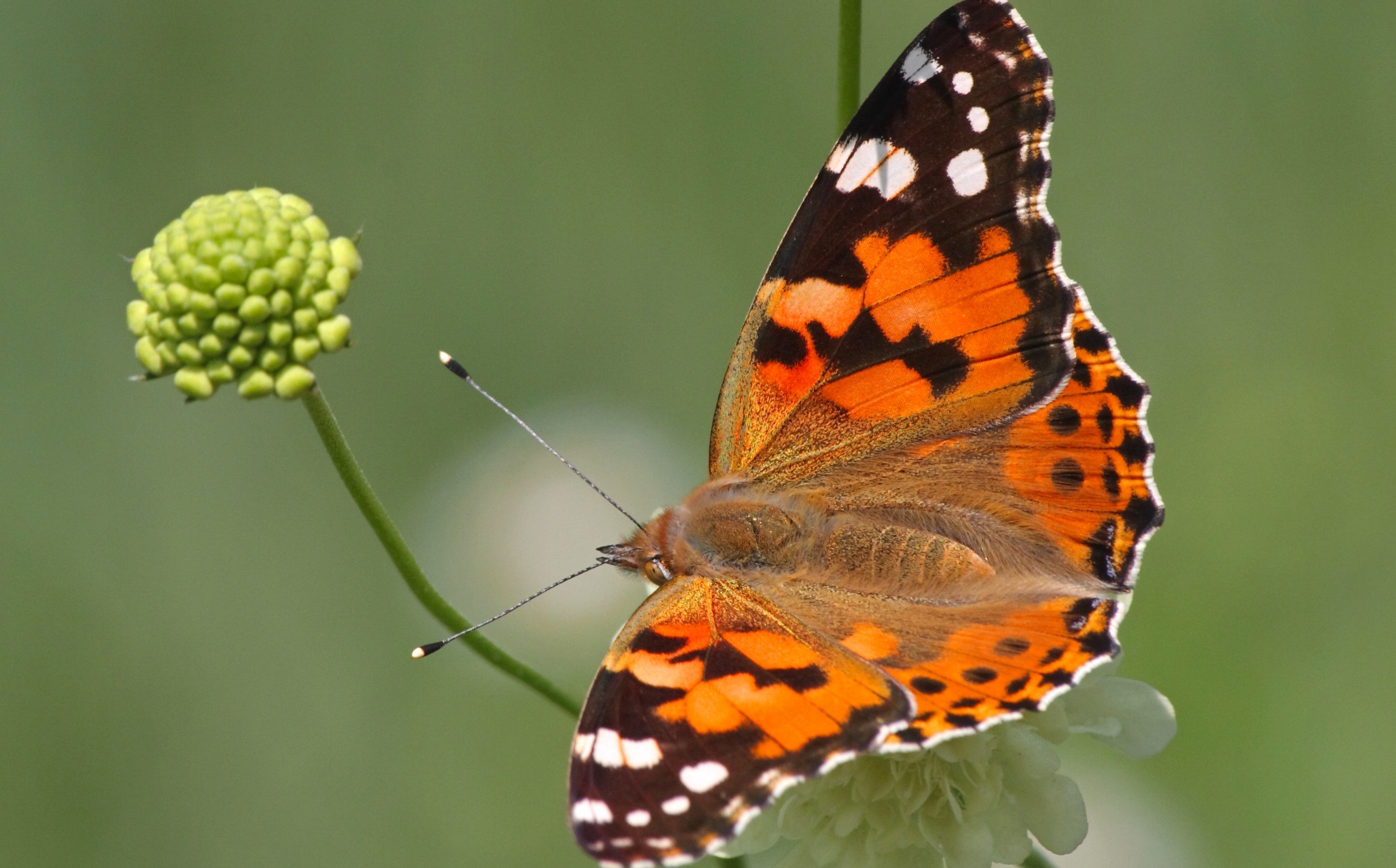One in every 11 of Scotland’s native species is at risk of becoming extinct if more is not done to conserve nature, a report has warned.
Changes in agricultural practices – such as the increased use of pesticides and the loss of hedgerows – have been identified the biggest factor for the “widespread decline” of nature, according to a joint study by 50 wildlife and research organisations.
The latest State of Nature report found 18% of butterflies and 13% of plants in Scotland are officially classified as being at risk of extinction.
The study showed that across the UK, 56% of almost 4,000 land and freshwater species suffered declines in numbers or areas where they are found between 1970 and 2013.
It said “ambitious decisions and significant investment” in the environment are needed to ensure protection of the country’s habitats and wildlife for future generations.
The report highlighted work already under way, such as that of the Bumblebee Conservation Trust to create more habitats for great yellow bumblebees in Caithness.
Dr Maggie Keegan, head of policy at the Scottish Wildlife Trust and one of the authors of the report, said: “It is vital that people and organisations work together now to restore native habitats for future generations.
“The findings in the new report support the creation of a National Ecological Network that would link up protected areas and fragmented semi-natural habitats, helping wildlife move more freely and become more resilient to threats such as climate change.
“We also have to radically reform Scottish agriculture to ensure that the billions of pounds of public funding that are spent on it are used in a way that allows wildlife to thrive alongside food production and bring benefits for many people, and not just a few.”
Fellow author, Mark Eaton of the RSPB, said: “The partnership and many landowners are using the knowledge we’re gathering to underpin some amazing scientific and conservation work.
“But more is needed to put nature back where it belongs. There is a real opportunity for the Scottish and UK Governments to build on these efforts and deliver the significant investment and ambitious action needed to bring nature back from the brink.”
Environment Secretary Roseanna Cunningham will attend the report’s launch in Edinburgh on Wednesday evening.
Ms Cunningham said: “The Scottish Government is committed to driving forward Scotland’s Biodiversity Strategy, the 2020 Challenge for Scotland’s Biodiversity, and its accompanying Route Map to 2020.
“We will publish a progress report at the end of this month and early indications show the majority of actions included in the Route Map are on track to achieve their targets.
“We have so much to be proud of in Scotland and so much to protect and enhance. That means we all have much work to do and I look forward to working with our partners to improve the state of nature in Scotland.”
Sir David Attenborough, who will launch the report in London, said: “The rallying call issued after the State of Nature report in 2013 has promoted exciting and innovative conservation projects.
“Landscapes are being restored, special places defended, struggling species being saved and brought back.
“But we need to build significantly on this progress if we are to provide a bright future for nature and for people.”










